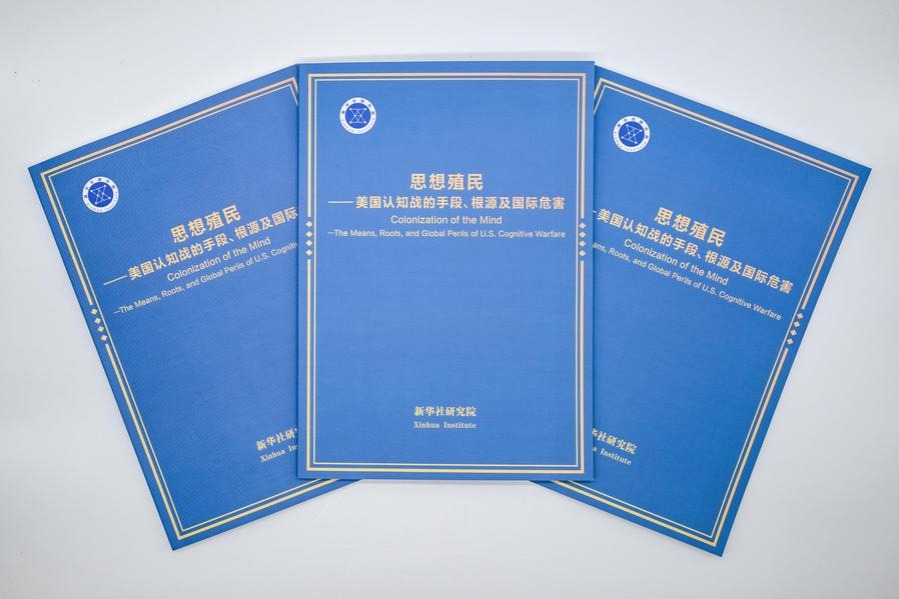Tibet sees progress in health sector


BEIJING -- China's Tibet autonomous region has made headway in its health and medical sector since the campaign of democratic reform six decades ago, the National Health Commission said Thursday.
The maternal mortality rate in Tibet fell from 5,000 per 100,000 people at the beginning of the reform to 56.52 per 100,000, and the infant mortality rate dropped from 430 per 1,000 to 11.59 per 1,000, fulfilling the 2020 targets in advance, said Wang Yunting, Party chief of Tibet's health commission, at a press conference in Beijing.
The average life expectancy in Tibet has almost doubled over the past 60 years, according to Wang.
By 2018, Tibet had 16,787 beds in its 1,548 medical and health institutions, with 4.88 beds per 1,000 people. The total number of medical staff in Tibet stood at 24,018, among them 19,035 were doctors, nurses and pharmacists.
A report on the progress of Tibet's medical sector was released at the conference, covering topics of assistance for building up medical capacities in Tibet, prevention and control of hydatid disease (Echinococcosis) and other major diseases, poverty alleviation through improving healthcare services and deepening reform in medical and health systems.
- China formulates, revises 150 sets of administrative regulations in 14th Five-Year Plan period
- China's first Sino-Russian cross-border marathon held in Heihe
- Shanghai announces first update to its protected wild animals list
- Son honors 'Invisible General's' legacy of sacrifice
- Yili and China Daily jointly launch limited edition gift collection
- Transportation suspended as Typhoon Tapah makes landfall in Guangdong





































